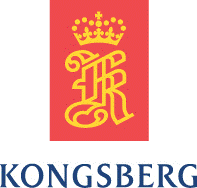-
StatusCompleted
-
Status date2016-10-17
The prime objective of the project was to demonstrate that an optopyrotechnics system can be realized for satellites with available technologies and that the identified benefits can be achieved.
- At TRL 4-5, optopyro has relatively low maturity as compared to existing system. However, no significant technological show-stoppers have been identified.
- Compatibility with Non-Explosive Actuators
- Prime challenge is for optopyro to offer a significantly lower price to the Customer for pyro systems
On satellites, optopyrotechnics may provide the following benefits:
- Low mass, in particular due to (optical) harness mass
- Good availability of commercial (off-the-shelf) components
- High level of testability and test coverage.
The project established several architectural concepts, and selected one concept for breadboarding and test.
The highlights of the resulting breadboard were as follows:
- Laser diode firing conformant with the system and LID (initiator/detonator) requirements
- Implementation of optical switch demonstrated that a reconfigurable system with high testability could be achieved.
- Low mass, in particular due to the weight of the (optical) harness. If breadboard parts are used, a full optical harness for a telecom satellite was estimated to weigh only a fraction of the electropyro harness mass
- High safety, with very low optical cross talk and excellent EMC properties. The LID requires secondary explosives only.
- Good availability of suitable commercial (off-the-shelf) components. All components, including laser diodes, but with the possible exception of optical switches, are available in rugged and cost competitive versions.
Competitive cost of purchasing, system manufacturing and integration and verification

During the first phase KDA and Airbus established the high level requirements and the system architecture, and conducted a technology trade-off between optopyrotechnics and “conventional” electro-pyrotechnics. During the second phase, KDA breadboarded the chosen architecture, reassessed the technology trade-off, and established the technology roadmap.
Project activities are completed.




